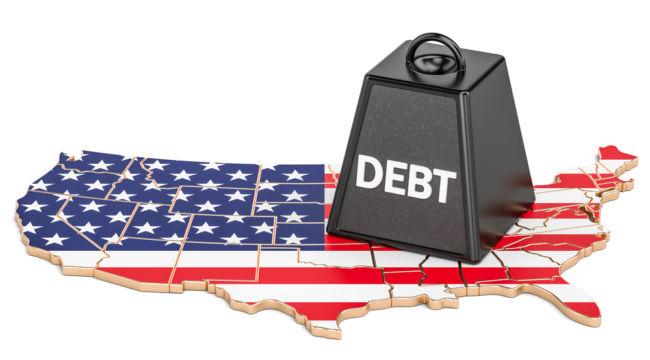The fact that his remark is obvious makes it no less profound. Simple denial or wishful thinking tends to dominate economic debate.
Stein’s remark is like a bucket of ice water in the face of those denying the reality of nonsustainability. Stein was testifying about international trade deficits when he made his statement, but it applies broadly.
Current global debt levels are simply not sustainable. Debt actually is sustainable if the debt is used for projects with positive returns and if the economy supporting the debt is growing faster than the debt itself.
But neither of those conditions applies today.
Debt is being incurred just to keep pace with existing requirements in the form of benefits, interest and discretionary spending.
It’s not being used for projects with long-term positive returns such as interstate highways, bridges and tunnels; 5G telecommunications; and improved educational outcomes (meaning improved student performance, not teacher pensions).
And developed economies are piling on debt faster than they are growing, so debt-to-GDP ratios are moving to levels where more debt stunts growth rather than helps.
It’s a catastrophic global debt crisis (worse than 2008) waiting to happen. What will trigger the crisis?
In a word — rates. Low interest rates facilitate unsustainable debt levels, at least in the short run. But with so much debt on the books, even modest rate increases will cause debt levels and deficits to explode as new borrowing is sought just to cover interest payments.
Real rates can skyrocket even as nominal rates fall if deflation takes hold. Real rates are nominal rates minus the inflation rate. If the inflation rate is negative, real rates can be significantly higher than the nominal rate. (A nominal rate of 1% with 2% deflation equals a real rate of 3%.)
The world is on the knife edge of a debt crisis not seen since the 1930s. It won’t take much to trigger the crisis.
Meanwhile, the stock market is set up for a sharp decline in the days and weeks ahead. Here’s why…
Stock market behavior has become remarkably easy to predict lately. Stocks go up when the Fed cuts rates or indicates that rate cuts are coming. Stocks also go up when there’s good news on the trade war front, especially involving a “phase one” mini-deal with China.
Stocks go down when the trade war talks look like they’re breaking down. Stocks also go down when the Fed indicates it may stop raising rates or actually goes on “pause.”
Good news (rate cuts in July, September and October and good prospects on the trade wars) has outweighed bad news, so stocks have been trending higher. You don’t have to be a superstar analyst to figure this out.
The key is to understand that markets are driven by computerized trading, not humans. Computers are dumb and can really only make sense of a few factors at a time, like rates and trade.
- Source Jim Rickards via Zero Hedge
